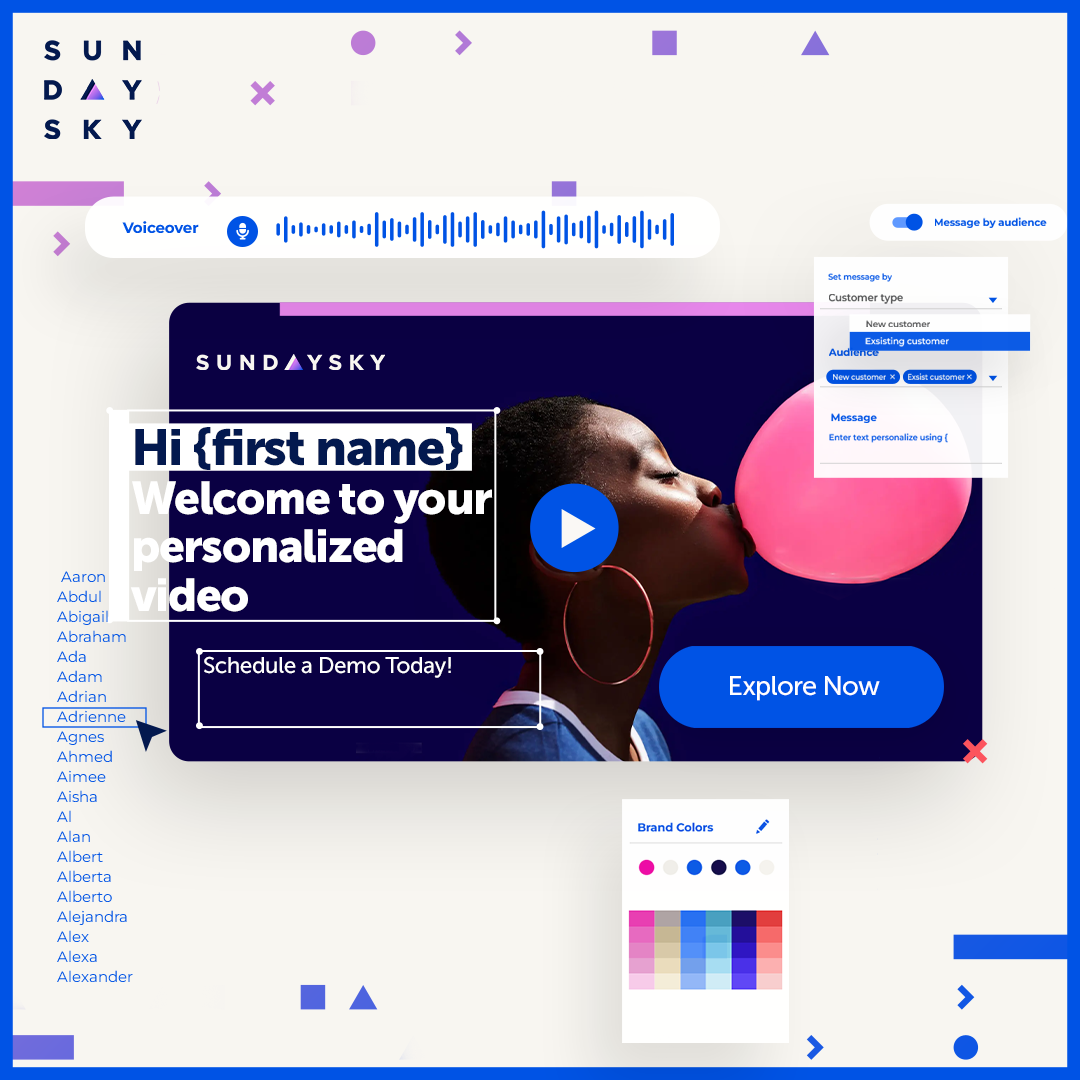Loyalty programs for the most part have remained constant in recent years. While the most popular programs may generate rewards for the customer, the successful ones identify and offer highly relevant and personalized rewards for the customer. Success here lies within the personal recognition the brand makes with the customer, knowing what she wants and needs in a specific moment in time.

When loyalty programs miss the mark
The challenge I see with brand marketers when it comes to customer loyalty is truly understanding where the customer is in his relationship and journey with the brand. Providing the right message at the right time to the individual customer is the piece that many marketing executives are missing from their loyalty strategies.
For instance, retailers often have loyalty programs where the customer earns points for every dollar spent to redeem at a later time. Far too often, brands deliver a static, mass communication to the customer with one message: “earn more points.” But for a customer with high purchase frequency, this message is irrelevant to him. Instead, the brand should identify the right story for the right customer, whether it is to earn points for a dormant customer or redeem points for a frequent shopper. Another instance: cross-promoting a retailer credit card to a customer who already has one and frequently uses it. Instead of this irrelevant message, the business should include a more relevant call to action to this customer, such as signing up for autopay or paying via mobile app.
What makes a strong loyalty program
Brands that are executing their loyalty programs with a strong level of contextual relevance and personalization are seeing the most success and leading the way with regards to loyalty. Gone are the days of simply acknowledging the customer by his first name, by giving a reward during his birthday month or by recommending related products.
Instead, loyalty programs must be highly personalized and contextually relevant based on where the customer is in his lifecycle with the brand. Applying historical transactional data and situational data can deliver a more personalized experience, helping brand marketers earn deeper customer loyalty.
How to set yourself up for success
The first step to improve this challenge starts at the top, with strong CMO-CIO alignment. Too often businesses are leveraging customer data from disparate sources and silos. Understanding the data requirements needed and mapping it with the IT organization will then allow the CMO to make better educated decisions about customer lifecycle mapping and loyalty strategies that deliver the most relevant and personalized experiences to the customer.
Successful loyalty programs are no longer about the rewards earned, but the established customer relationship. A customer relationship built on brand trust, personalized experiences and contextual relevance will ultimately transform the customer into the brand’s ideal customer profile, which can mean different things to different businesses: highly likely to recommend (advocacy), long tenure (retention) or high purchase frequency (profitability), to name a few.





